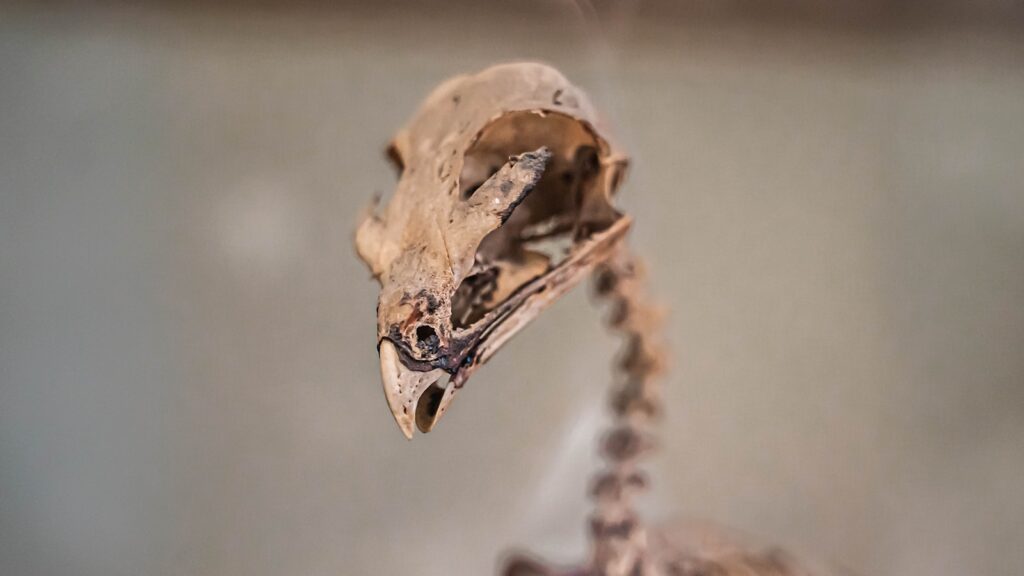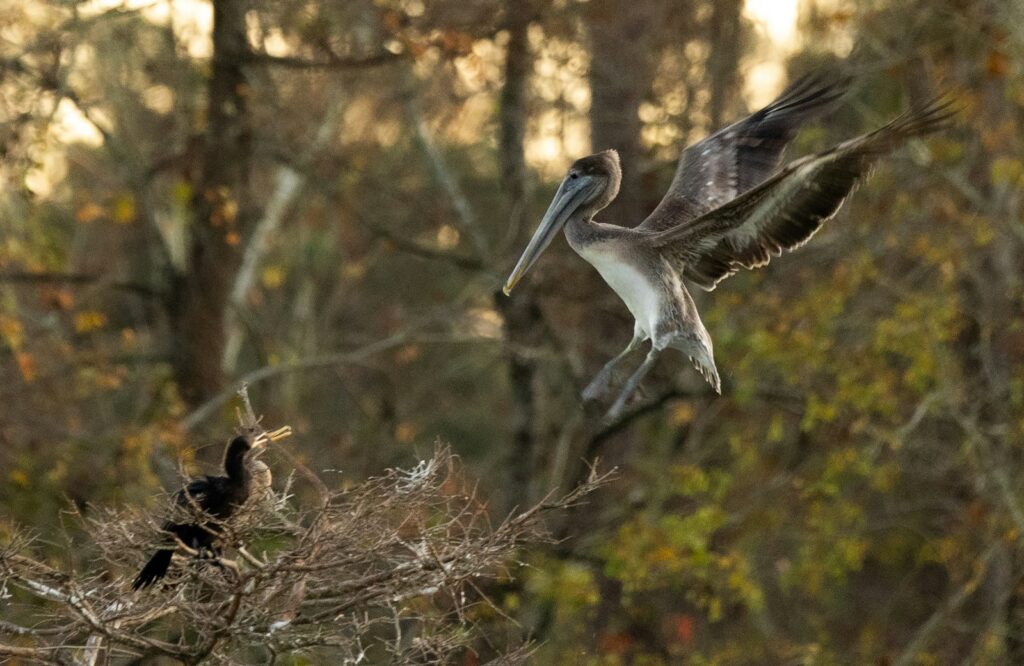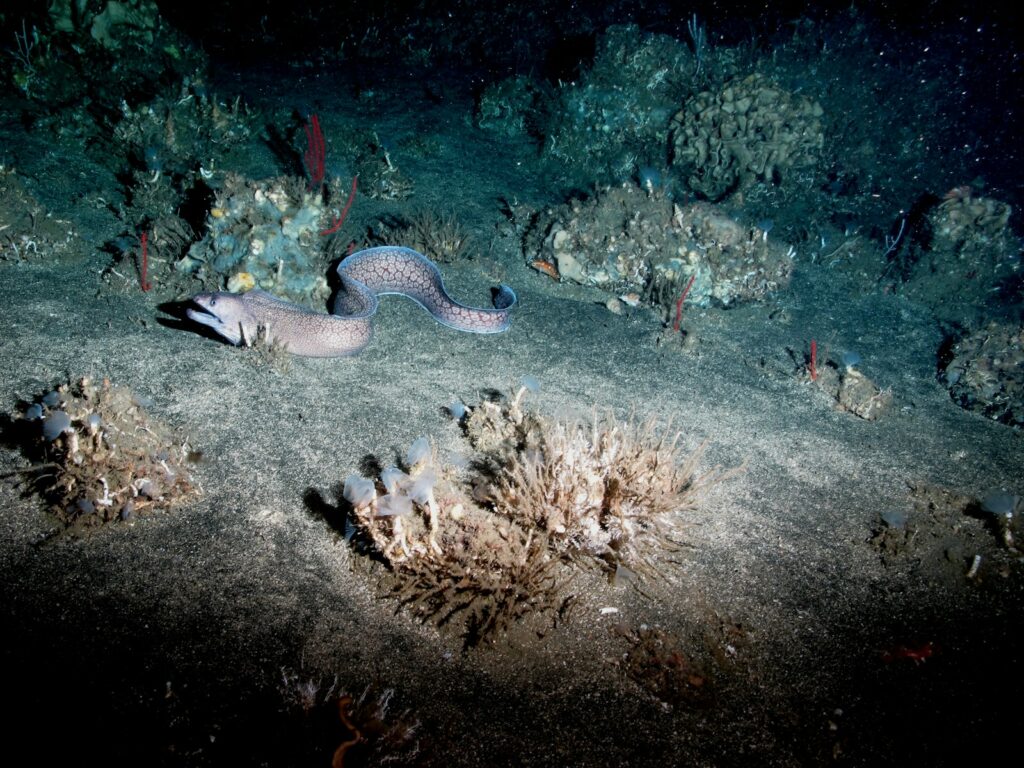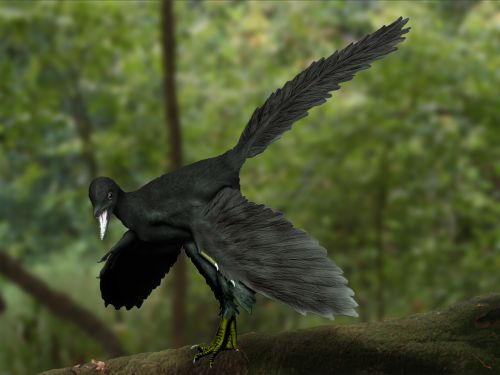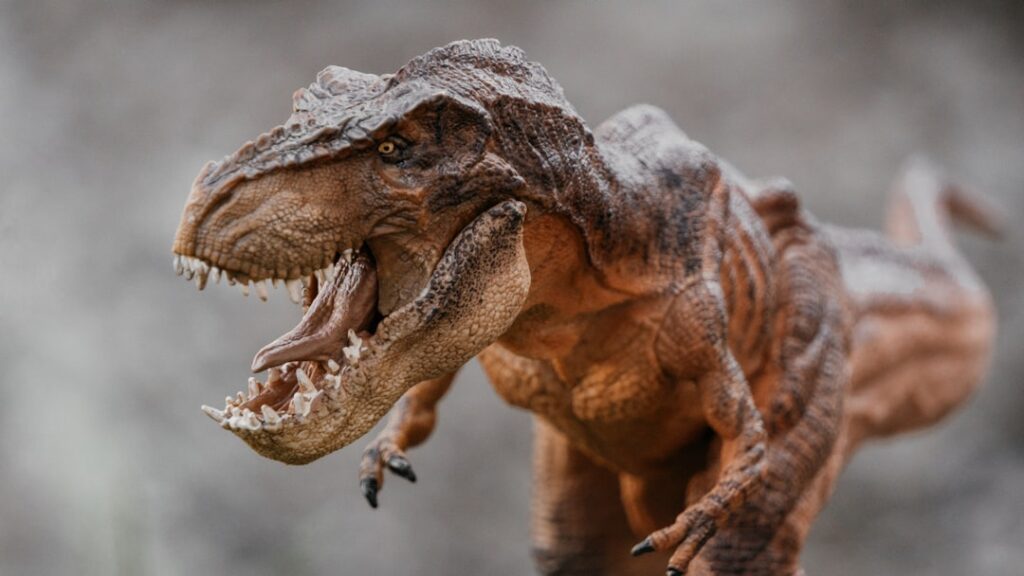How Raptors Shaped the Ecosystem of the Late Cretaceous
Picture this: a world where feathered death stalked through ancient forests, their razor-sharp claws glinting in the primordial sunlight. The Late Cretaceous period, spanning from 100 to 66 million years ago, wasn’t just dominated by massive sauropods or bone-crushing tyrannosaurs. It was the age when raptors—those intelligent, pack-hunting predators—rewrote the rules of survival and fundamentally ...

